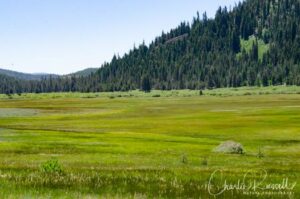Carpenter Valley is an amazing nature site owned by the Truckee Donner Land Trust (TDLT). There is a wide variety of habitats here, including a wet meadow, fens, dry woodland, and stream/riparian. It is located near Truckee in Nevada County. I was fortunate to be able to hike through a portion of this property on a docent-led wildflower hike with the Sacramento Valley Chapter of the California Native Plant Society.
At the time we visited this area (June 2018) it was not open for public access unless you were on a guided hike with a TDLT docent (Information on these hikes can be found on the TDLT Carpenter Valley website). Since that time they’ve opened up the area to the public – it is a great place to visit! But note that there are restrictions as to where you can go, so please be aware of what is open and what is not.
The Flowers
Here’s a sample of a few of my favorites from this hike. We had a limited amount of time on this hike so some of the pictures aren’t as clear as I would like. Also, I have not yet ID’d all of the flowers we found, so I would appreciate any help you can offer. For the unidentified flowers I have additional photos of leaves, etc., if you are interested in helping.
Hairy owl’s clover was a fun flower to find. I’ve not come across this species before.
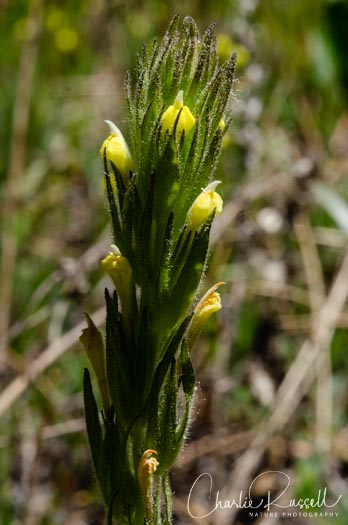
Scarlet gilia is always fun to come across.
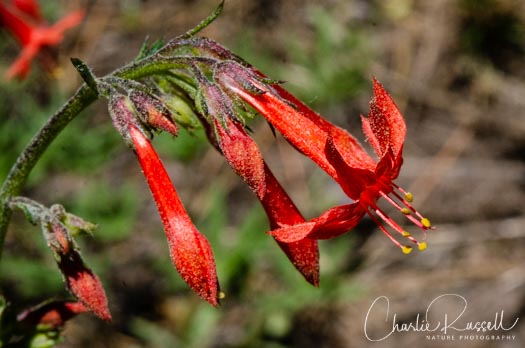
I’m particularly fascinated by the variety of Calochortus in California. This one is Leichtlin’s mariposa lily.
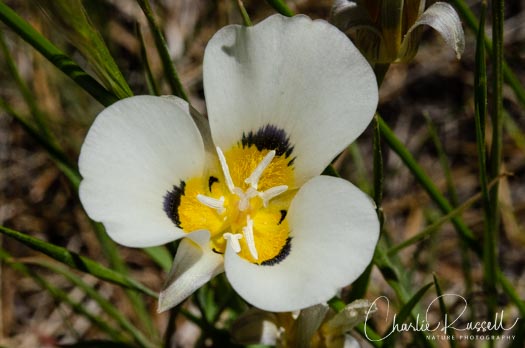
I love vernal pools, and we found one on this hike. There was a carpet of white Wooly marbles, and nestled amongst them were a very, very tiny popcornflower. Just a few millimeters across.
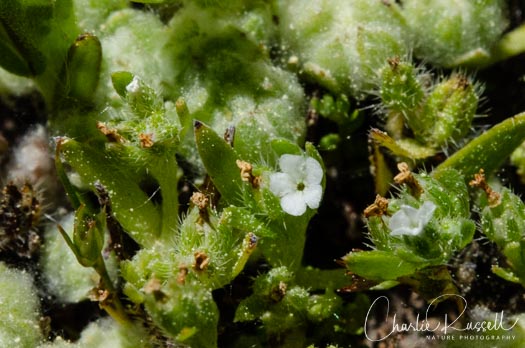
At the far end of the valley, near the fen, we found a few Sierra bog orchids.

At that same location we also found Great polemonium (aka Tall Jacob’s Ladder), which is another flower I’ve not come across before.
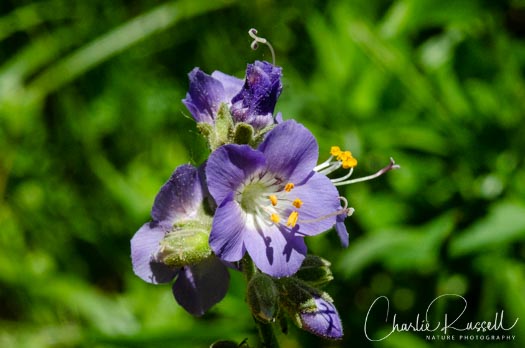
If you click on any of the photos below you will be able to scroll through larger versions of the pictures. All photos are available for purchase in a variety of formats.
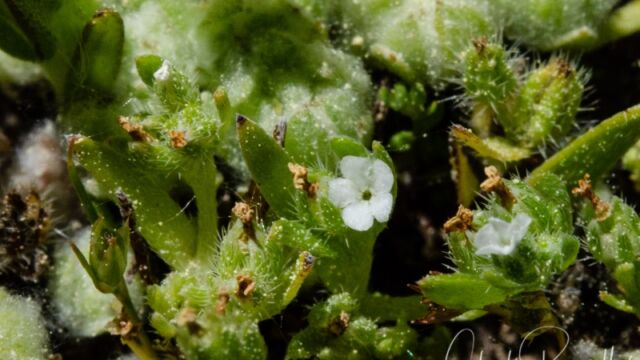
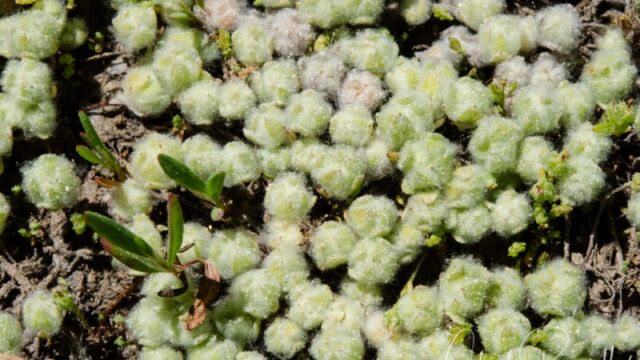
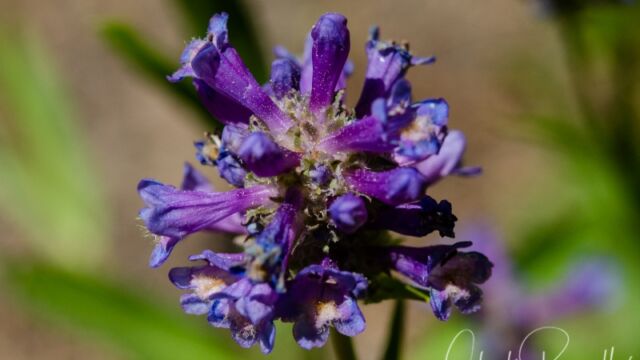
Carpenter Valley Wildflowers
Here’s a listing of the native plants that we found on this visit (at least, the ones I have pictures of). Note that there were many more flowers at this site than I show here – we weren’t able to access the sensitive fen area on this hike.
- Bluntleaf yellow cress, Rorippa curvipes
- Brewer’s monkeyflower. Erythranthe breweri
- Bridges’ gilia, Navarretia leptalea ssp. bicolor
- Broad leaved lotus, Hosackia crassifolia
- Common camas, Camassia quamash
- Crimson columbine, Aquilegia formosa
- Elk thistle, aka Meadow thistle. Cirsium scariosum
- Great polemonium, Polemonium occidentale
- Hairy owl’s clover, Castilleja tenuis
- Harsh Popcornflower, Plagiobothrys hispidulus
- Heart leaved arnica, Arnica cordifolia
- Jacob’s ladder, aka California sky pilot. Polemonium californicum
- Large leaved lupine, Lupinus polyphyllus var. burkei
- Lewis’ flax, Linum lewisii var. lewisii
- Long leaved suncup, Taraxia subacaulis
- Longstalk starwort, Stellaria longipes
- Mahala mats, Ceanothus prostratus
- Meadow larkspur, Delphinium nuttallianum, probably
- Meadow pussytoes, Antennaria corymbosa
- Milk kelloggia, Kelloggia galioides
- Mountain phacelia, Phacelia hastata
- Mountain pretty face, Triteleia ixioides ssp. anilina
- One seeded pussypaws, Calyptridium monospermum
- Rock penstemon, Penstemon deustus
- Royal penstemon, Penstemon speciosus
- Rydberg’s penstemon, Penstemon rydbergii
- Scarlet paintbrush, Castilleja miniata
- Sierra bog orchid, Platanthera dilatata var. leucostachys
- Slender cinquefoil, Potentilla gracilis var. fastigiata
- Slender penstemon, Penstemon gracilentus
- Snow plant, Sarcodes sanguinea
- Spotted coralroot, Corallorhiza maculata
- Spreading phlox, Phlox diffusa
- Tawny horkelia, Horkelia fusca var. parviflora
- Twinberry honeysuckle, Lonicera involucrata var. involucrata
- Wandering fleabane, Erigeron glacialis
- Waxy checkerbloom, Sidalcea glaucescens
- Western wallflower, Erysimum capitatum (could be E. perenne, but need fruit to tell)
- Whiskerbrush, Leptosiphon ciliatus
- Woolly marbles, Psilocarphus brevissimus
- Woolly mule ears, Wyethia mollis
